ECB rate hike But makes EUR weak!
This rate hike, is the tenth consecutive policy rate hike since July last year, hiking all interest rates by 25bp and the rate is 4.5 right now. Higher inflation and inflation forecasts look like the main drivers of the hike. The ECB’s communication is clear: today was the last hike in the current cycle
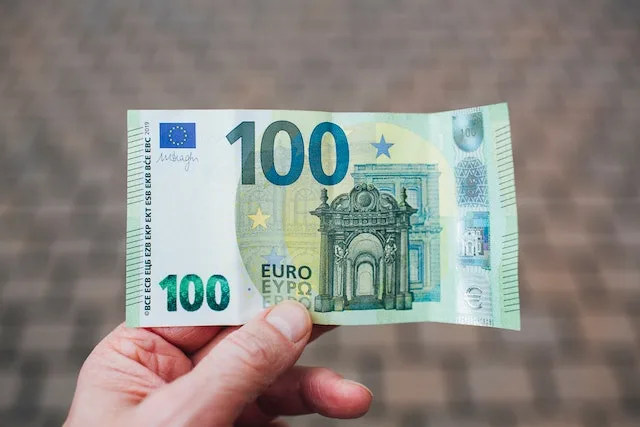
This announcement could potentially lead to some market reactions. Traders, accustomed to these consecutive rate hikes, may view this as the end of the cycle. Consequently, the EUR currency might experience a weakening effect. As a result, it is important for market participants to adjust their strategies accordingly, considering the implications of this final rate hike by the ECB.
The European Central Bank (ECB) decided to raise interest rates for the tenth consecutive time since last July. This move was driven by a greater concern about the fear of not fully controlling inflation and the risk of ending the rate hikes too soon, rather than the increasing risk of recession in the eurozone. Following a total increase of 450 basis points, the ECB’s main policy rates are now at a historic high.
More insights into the reasons behind this decision and the discussions that took place will be shared during the press conference, scheduled to begin at 2:45 pm CET. At the moment, it is evident that the ECB is deeply troubled by inflation. This includes both the current inflation rate and the anticipated future inflation, as indicated by the latest ECB staff projections, which foresee headline inflation reaching 3.2% in 2024.
You might be wondering why the ECB isn’t taking a step back and waiting to assess the full impact of the previous rate hikes. The answer is straightforward: it’s about maintaining credibility. The ECB’s primary responsibility is to ensure price stability, which the eurozone has not experienced for nearly three years. While the recent surge in inflation is primarily influenced by factors beyond the ECB’s direct control, the ECB must demonstrate its commitment to curbing it. The potential consequences, such as a more pronounced economic slowdown in the eurozone, are of lesser concern to the ECB, at least for now.
Looking ahead, if the economy weakens further and a disinflationary trend gains momentum, it will become increasingly challenging to justify additional rate hikes before the year’s end. The official communication’s statement that “based on its current assessment, the Governing Council considers that the key ECB interest rates have reached levels that, maintained for a sufficiently long duration, will make a substantial contribution to the timely return of inflation to the target” suggests that today’s rate hike may well be the final one.
In summary, today’s interest rate hike not only bolsters the ECB’s credibility but also signals the end of the current rate-hiking cycle.
🇺🇸 🇪🇺 🇬🇧 🇨🇦 🇯🇵 🇨🇭 🇦🇹 🇳🇿



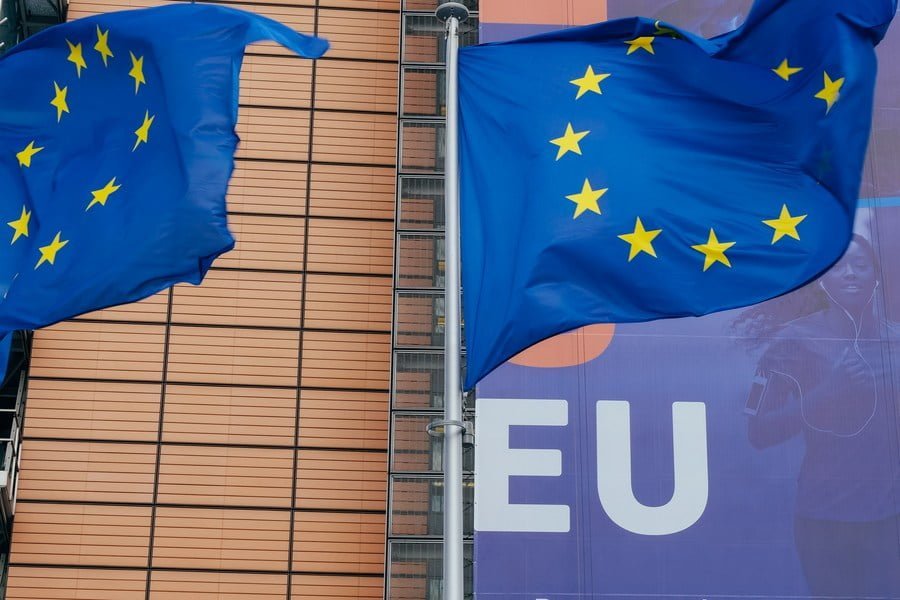


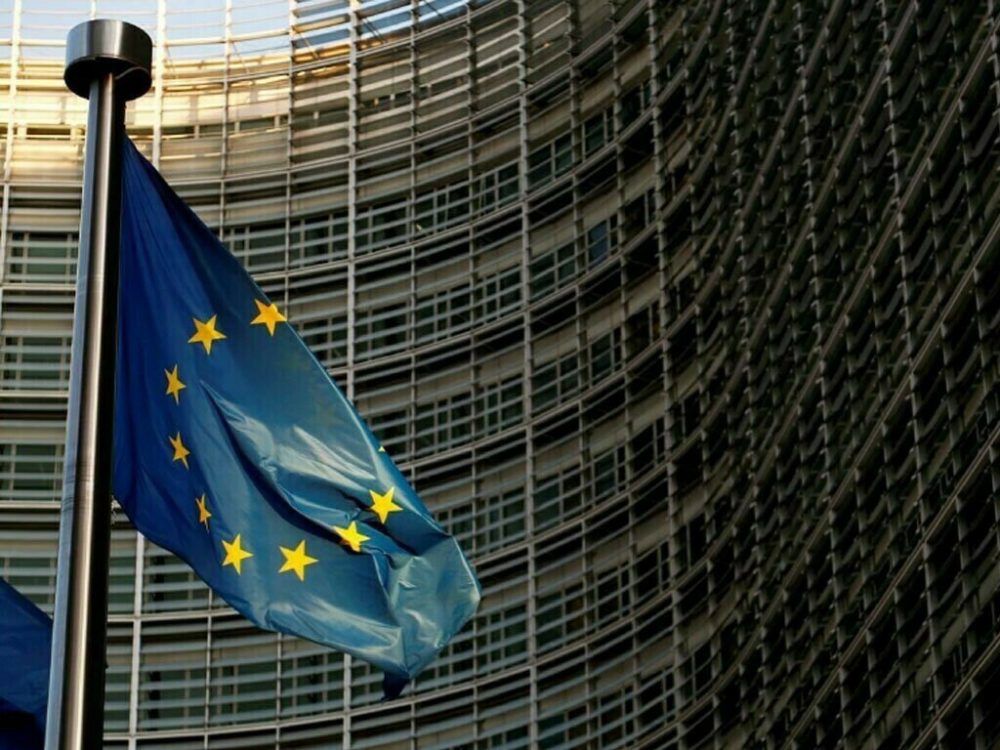
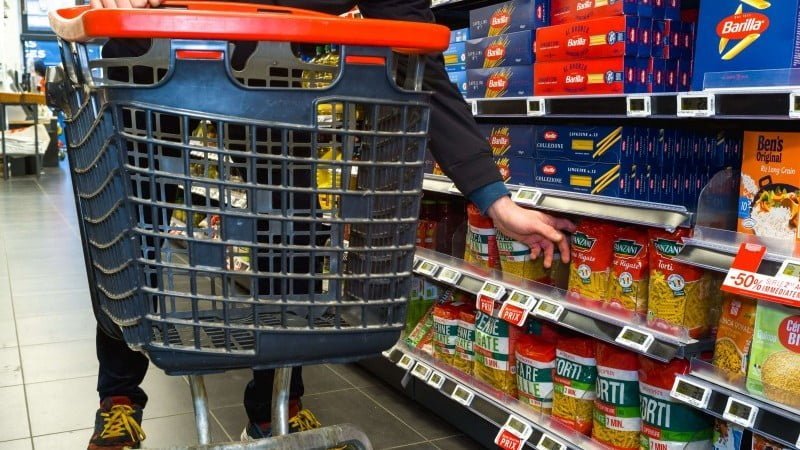
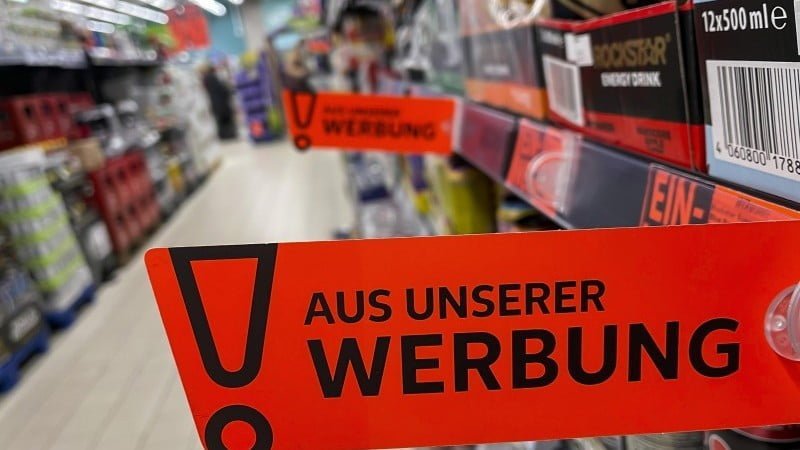

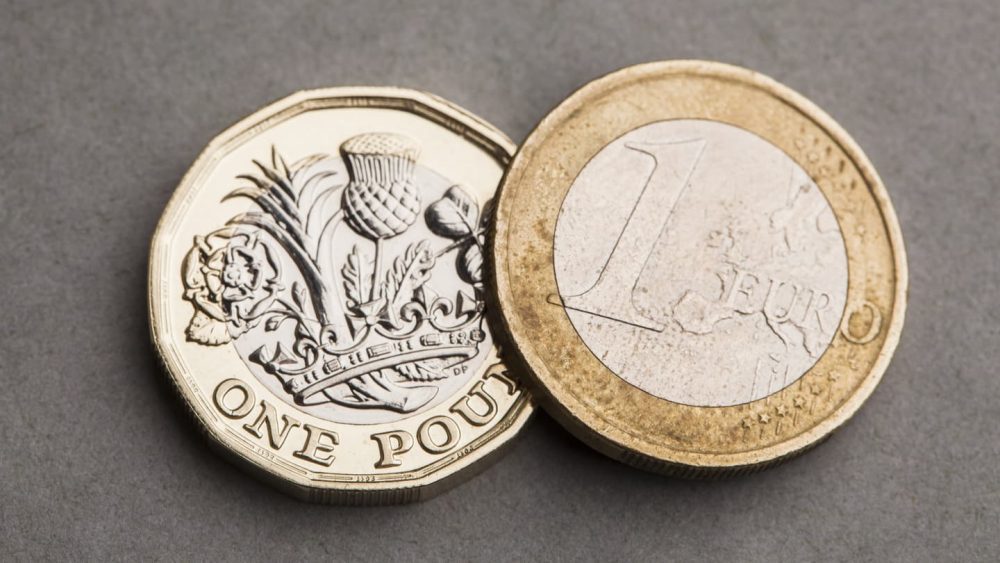
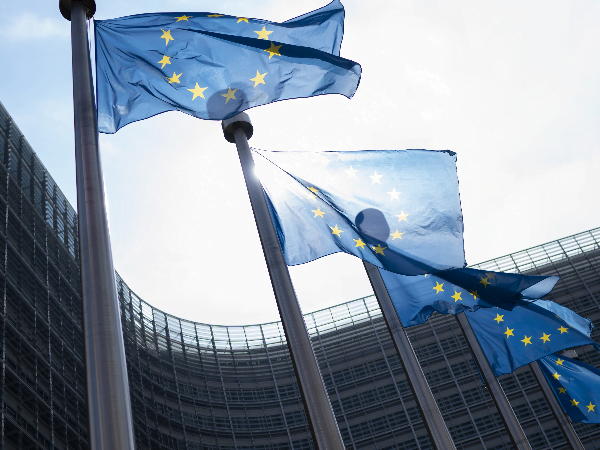
Leave a Reply
You must be logged in to post a comment.